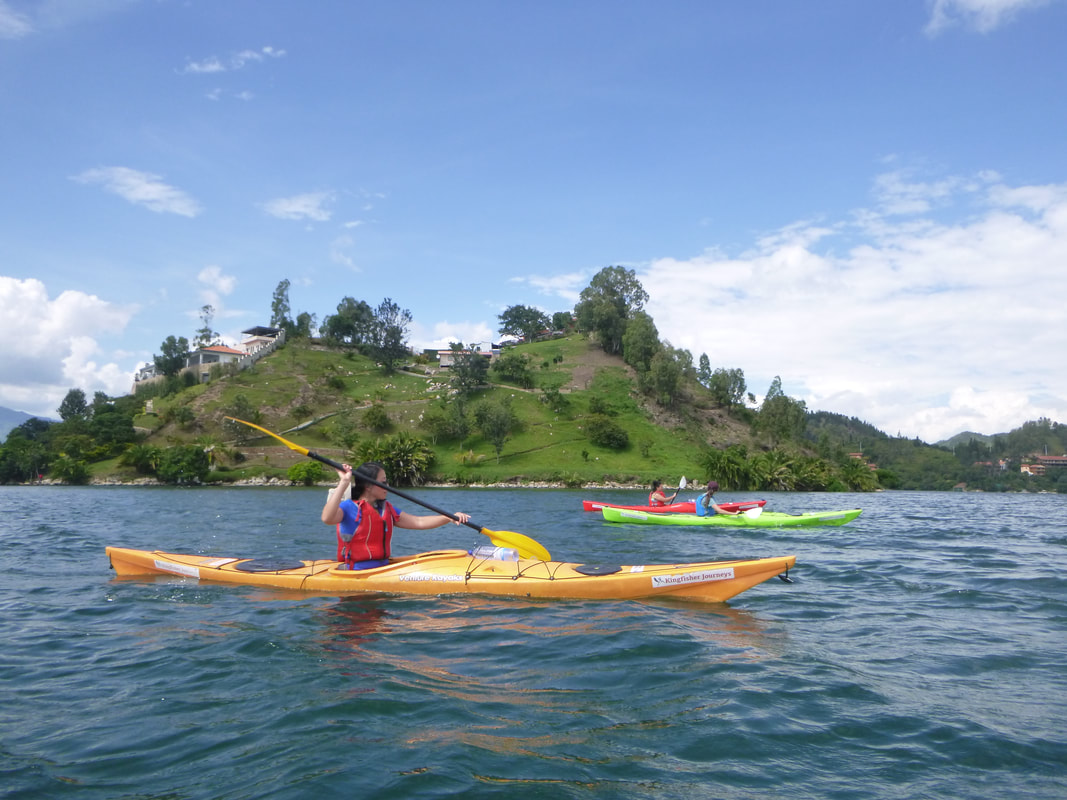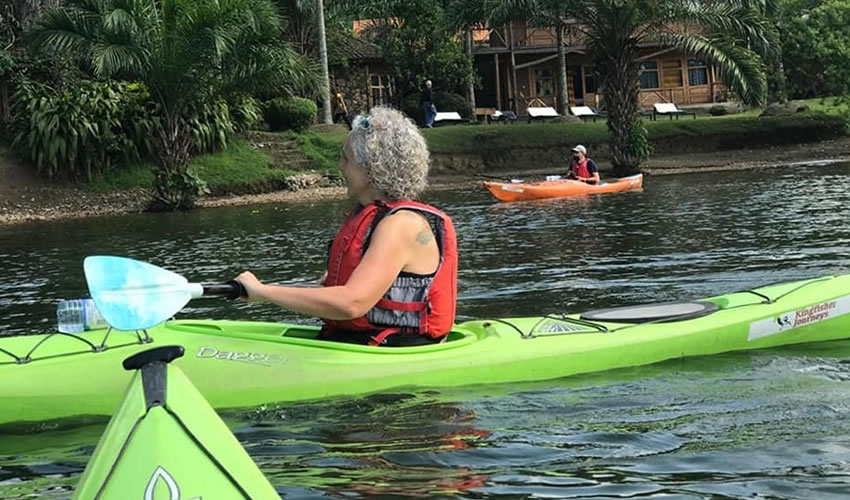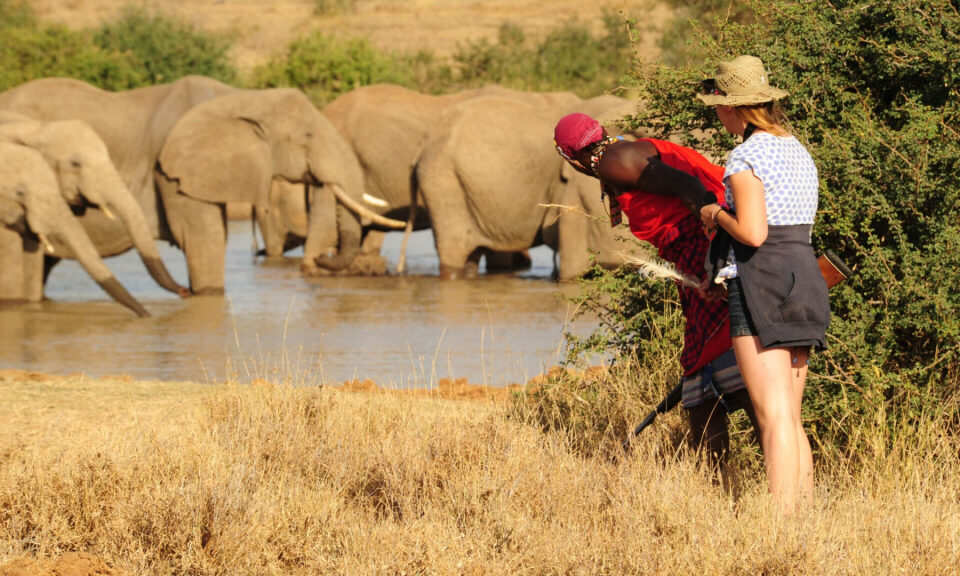- GET IN TOUCH WITH US:
- +256 753518160
- +256 777842166
- info@experiyatourcompany.com

What are the best islands on Lake Kivu?
November 13, 2025
What’s the best hiking trail in Nyungwe?
November 14, 2025Can I Go Kayaking on Lake Kivu?
Lake Kivu, stretching elegantly along the border of Rwanda and the Democratic Republic of Congo, is one of East Africa’s most enchanting freshwater lakes. Its serene emerald waters, ringed by terraced hills and quiet fishing villages, have long captivated travelers searching for both relaxation and adventure. Among the growing list of activities available on this vast lake, kayaking has quickly become a favorite for those who want to experience its beauty more intimately. The question, “Can I go kayaking on Lake Kivu?” welcomes not just a simple yes, but an entire world of discovery, because kayaking here is more than a sport—it is a tranquil immersion into one of Rwanda’s most scenic natural landscapes. Travelers who venture onto the water soon realize they are gliding through a place where stillness and culture, nature and adventure come together in magical harmony.
The Beauty and Appeal of Kayaking on Lake Kivu
Kayaking on Lake Kivu offers an experience unmatched by most lakes in the region. Unlike other large lakes in East Africa that tend to have rougher waves or busy shorelines, Lake Kivu is known for its calm waters, warm climate, and peaceful environment. The lake covers over 2,700 square kilometers, yet it feels intimate thanks to its sheltered bays, gentle inlets, and offshore islands that break the horizon in mosaic-like shapes. Paddlers feel enveloped by a sense of quietness, the kind that allows the mind to drift while the kayak glides with rhythmic ease.
The surrounding landscapes add tremendous charm to the experience. Hills sculpted into terraces by farmers create a green patchwork rising up from the shoreline. Fishermen paddle by in traditional wooden canoes, their movements unhurried and timeless. Birds skim the water, calling softly into the morning air. The lake’s clarity and depth—combined with its volcanic origins—give it a mysterious allure, and the sunrises and sunsets here cast warm golden tones that seem to linger longer than anywhere else. Kayaking allows you to slow down and appreciate this setting from a vantage point that feels both personal and infinite.
Safety of Kayaking on Lake Kivu
Safety is a primary concern for any traveler considering water activities, and Lake Kivu lends itself especially well to safe paddling conditions. The lake is calm throughout most of the year, with mild breezes that are gentle enough to guide rather than challenge a kayaker. There are no dangerous strong currents, and motorized boat traffic is limited, which means kayakers can enjoy the water without the noise and rush of busy boating lanes.
Another aspect that travelers appreciate is the lake’s biology. Lake Kivu is free from dangerous wildlife such as crocodiles and hippos, which are common in many other African lakes and rivers. This makes it a safer choice for kayaking compared to popular parks or river systems elsewhere on the continent. Additionally, guided excursions are readily available in the main lakeside towns, ensuring that paddlers of all skill levels—from absolute beginners to seasoned adventurers—can enjoy the water with confidence.
Where to Go Kayaking on Lake Kivu
The three major Rwandan lakeside towns—Gisenyi, Kibuye, and Cyangugu—serve as gateways to kayaking experiences, each offering a slightly different ambiance.
In Gisenyi, near the northern edge of the lake and close to the Congo border, kayakers enjoy wide-open waters and long stretches of shoreline where sandy beaches blend into relaxed resorts. The area is perfect for sunset paddles, where the lake glows with soft hues as daylight fades behind the volcanoes in the distance. It is also ideal for beginners, as the waters here are exceptionally calm.
Kibuye, located centrally along the lake, is arguably the most scenic location for kayaking. The bay is dotted with small forested islands that invite exploration, making it possible to design routes that wind between secluded spots and picturesque coves. The hills in Kibuye rise steep and dramatic from the water, creating stunning reflections on clear days. Many travelers consider Kibuye the heart of Lake Kivu’s natural beauty, and kayaking here feels like floating through a postcard.
Further south, Cyangugu offers quieter, more remote waters that appeal to those looking for peaceful, less–touristed routes. The far-reaching peninsulas and calm bays create a sense of intimacy, and kayaking here reveals hidden corners where local life unfolds slowly along the shoreline. It is a place where the world feels untouched, allowing paddlers to feel deeply connected to the lake’s natural rhythm.
What to Expect During a Kayaking Experience
A kayaking adventure on Lake Kivu tends to unfold slowly and gracefully, giving travelers ample time to immerse themselves in the scenery. Most excursions begin early in the morning, when the lake is at its calmest and the light softens the horizon with pastel warmth. Guides provide well-maintained kayaks, paddles, and life jackets, followed by a short briefing for beginners to learn basic paddling techniques.
Once on the water, the lake reveals its depth of character. The rhythmic dip of the paddle becomes a soothing echo, and the transparency of the water sometimes allows glimpses of stones and aquatic plants near the surface. As you glide further, the noise of the town fades, leaving only the hum of nature and distant calls of birds or fishermen. Kayakers often pass by small villages where people wave cheerfully from the shore, and it is easy to pause along the banks to rest, take photos, or simply absorb the peaceful surroundings.
For those who choose guided tours, the routes often include stops at small islands where you can walk, admire viewpoints, or enjoy quiet picnics. Some routes link with hiking trails or offer combined experiences such as coffee tastings in local communities or boat rides with fishermen learning traditional line techniques. The lake is alive with culture, and kayaking becomes a way to witness not just nature but the daily life of communities that have lived in harmony with the water for generations.
When Is the Best Time to Go Kayaking on Lake Kivu?
Lake Kivu enjoys a temperate climate year-round, making kayaking possible every month. However, the most ideal time to paddle is during Rwanda’s dry seasons—from June to September and from December to February. During these months, the skies are clear, rainfall is minimal, and the lake remains calm and welcoming throughout the day. Evenings and mornings bring exceptionally beautiful lighting conditions, creating perfect moments for photography.
During the wet seasons, kayaking is still very much possible, but weather patterns become more unpredictable. Showers are typically brief but can be intense, and travelers should be prepared for shifting winds. Most guides monitor local weather closely and schedule paddles during safe windows, so it is still perfectly feasible for visitors to enjoy the lake at any time of year as long as they plan with local operators.
Who Can Go Kayaking on Lake Kivu?
Kayaking on Lake Kivu is accessible to nearly everyone. Whether you are a seasoned paddler or a complete beginner, the lake offers routes suitable for your skill level. Family-friendly options are widely available, and children can join shorter, easier routes under supervision. Solo travelers often appreciate the meditative element of kayaking here, while couples find it a romantic way to spend an afternoon surrounded by natural beauty. Adventurous groups can opt for longer expeditions covering several islands or even multi-day camping trips for those who want to explore the lake more extensively.
Why Kayaking on Lake Kivu Should Be Part of Your Rwanda Trip
Kayaking on Lake Kivu is not just a recreational activity; it is a way to experience Rwanda’s gentle charm and natural diversity. Many travelers combine it with gorilla trekking in Volcanoes National Park, chimpanzee experiences in Nyungwe, or wildlife safaris in Akagera, making the lake a soothing counterpart to more intense adventures. It offers a slower pace that encourages reflection and connection. The lake’s calmness has a grounding effect, and the landscapes provide inspiration to those seeking beauty in nature’s softer details.
The cultural element adds even more depth. From the fishermen who cast their nets at dawn to the farmers cultivating hillsides with quiet determination, Lake Kivu is a living portrait of Rwanda’s warmth and resilience. Kayaking opens a window into this world, inviting travelers to appreciate its authenticity and grace. It is a journey that stays in memory long after the trip ends.




